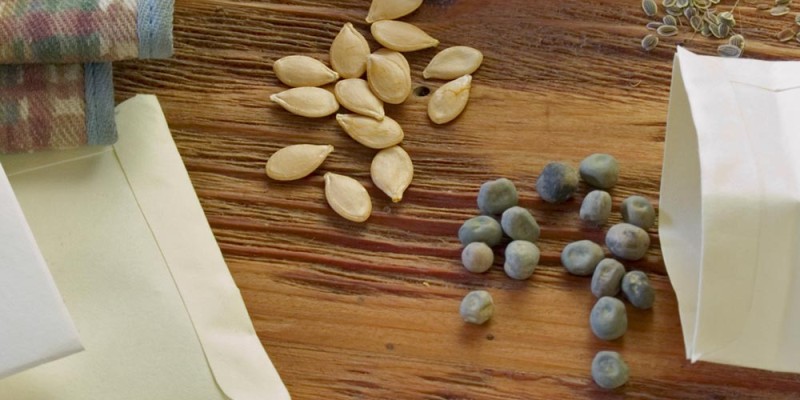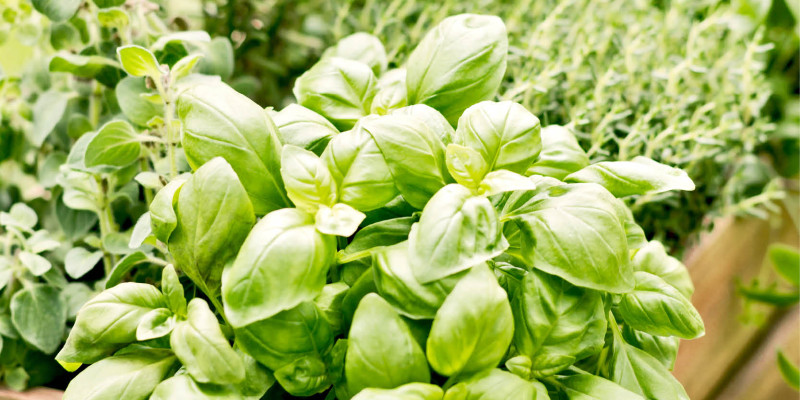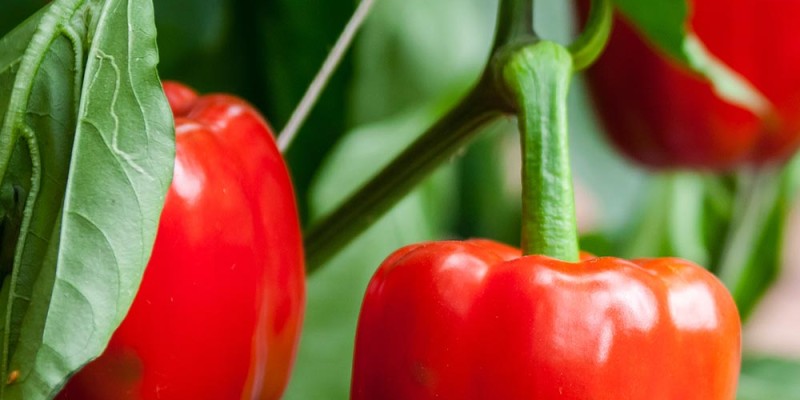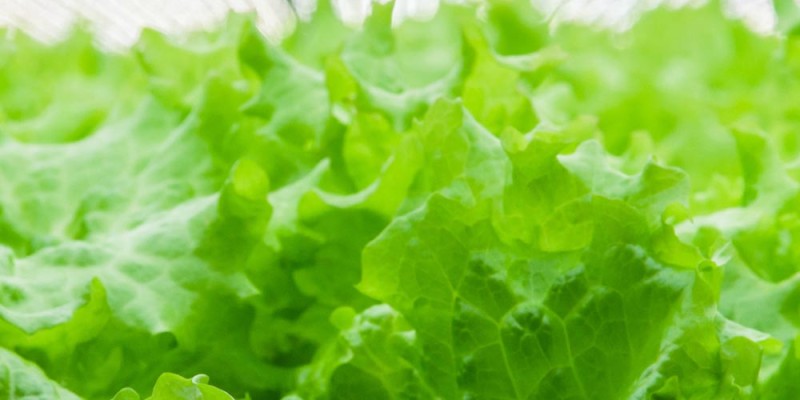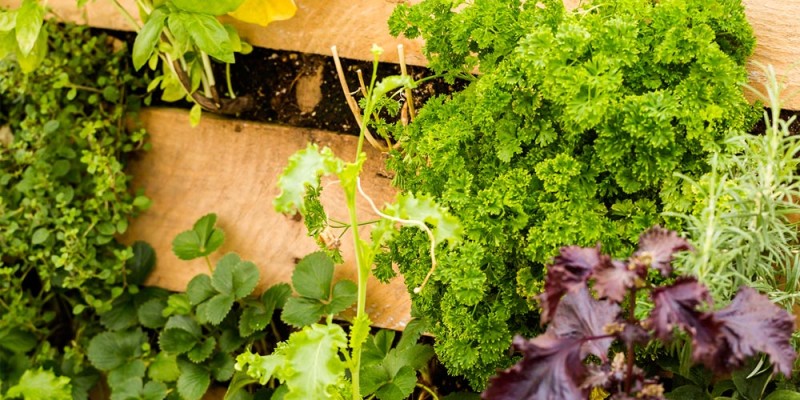In a recent episode we discussed a few of the different grow light technologies including compact florescent, high pressure sodium and light emitting diode. Based on the resounding feedback and a few requests we are going to dive a little deeper into growing with Florescent lights.
Florescent lights and Compact Florescent work on the same principal. Electricity excites mercury atoms emitting ultraviolet light. The ultraviolet light is converted to visible light when it hits the florescent coating.
Compact Florescent bulbs are more compact versions of regular florescent tubes, and have effectively facilitated the nearly worldwide replacement of incandescent light bulbs.
The benefit that Florescence bulbs have for those of us who want to grow indoors is they are able to emit the wavelengths that plants need for photosynthesis. For more information on the wavelengths needed for growing and a discussion on Kelvin Watts and Lumens there will be a link at the end of this video and in the description below.
So lets talk about how we can use them to get an early start on our summer crops and grow vegetables over the winter. The first thing you will need is a warm space and electricity. The location of your grow room is important. Generally I recommend keeping the humidity down and temperature around 21c or 70F. If the soil temperature is too cool you may have decreased germination and increased pest issues such as fungal or insect. In a basement like mine keeping the plants off the concrete floor helps with both humidity and temperature.
When selecting either the florescent ballasts or CFL you will want to think about the plants you want to grow. If your interested in leafy greens and herbs you can get away with lower watt bulbs in florescent tubes.
If you want to grow things like peppers and tomatoes and have them produce you will want to probably select the higher watt options and you can either use CFL or florescent tubes.
When selecting grow lights I generally recommend ensuring you have the right Kelvin which is the unit of measurement that represents the wavelength of light. You will want as close to 6500 and 2100 as possible. The higher the watts on the bulb the more power it takes and generates more effective light for photosynthesis.
Florescent tubes come in a number of sizes most commonly for growing T5 and T8 there are two main differences. T8 are a larger diameter bulb then T5. When comparing the exact same watt bulbs T5 produce higher usable energy for plant growth then do the T8 Bulbs.
One of the limitations I find with CFL is their area of influence for plant growth. Their compact nature emits more light in a smaller area. If you use reflectors you can increase the amount of light hitting the plants but not usually the area. Florescent lights lose their effective energy for growth at an exponential rate as they are placed further from the plants. Keeping the plants close to the lights will help increase the effective energy reaching the leaves. Don’t worry these lights don’t generally produce significant amounts of heat allowing you to have them within 2-3cm or 1 inch of the plants.
With this in mind you can find CFL bulbs more commonly in higher watt options allowing you to have larger growing areas and produce higher energy plants like tomatoes.
Fluorescence tubes give you a long area for growing, distributing roughly equal light for the duration of the bulb. This makes them idea for growing plants that have a similar height or starting your seedlings indoors. Often the ballasts will have 2 – 6 parallel bulbs. Although the lights effective growth energy decays over distance the overlap of weaker light is cumulative effectively allowing you to grow more between the lights themselves.
Reflective or white surfaces around the grow lights will help improve the amount of light hitting your target plants.
These light fixtures are available in most home improvement stores. One of the drawbacks of using the tubes is they generally don’t come in the higher watt options. Even with the lower watt florescent tubes I have been able to grow both cherry tomatoes and medium bodied hot peppers indoor to harvest. The only noticeable difference from their outdoor companions or higher output lighting systems is the volume of production. Where I was able to harvest 40-50 cherry tomatoes under this system, outside I was able to harvest 150-200 per plant.
A common question I have received is what the square area of growth is for a particular light with a certain wattage. Now wattage does generally equate to the amount of usable light the plants get. That said there is not a simple answer to that. These types of lights don’t generally penetrate leaves very well. What I recommend is placing the plants that require more energy directly below the light. You can figure out how far away lower energy plants can afford to be by trial and error. Simply place the plant and look for indications of leaning in towards the light. You can continue to grow the plant assuming it still looks healthy by simply rotating the pot every few days. If the plant is not growing it could be an indication the light is not powerful enough at that distance. Experimentation will let you know the growing area you have.
Florescent lights generally lose some of their effective output for growth the longer they run. Typically the largest losses are during the initial operation of the light. Some sources recommend replacement of the bulbs every year. In my case I have been running the same bulbs for three indoor growing seasons 12 hours a day without significant loss of production.
Its now time to start planting, simply place the seeds in moist potting soil. Be careful to water slowly in order to avoid disturbing the seeds as they germinate. This is the only time I water from the top of the pot. I do it this way in order to avoid letting the seedlings dry out while small. Once more established I will bottom water only to allow for healthy root development and to help prevent pest issues.
Studies have shown the presence of light helps increase the germination rates of the seeds. So from the very beginning I place the light the recommended 2-3cm or 1 inch above the soil.
If you do break one of these lights they have mercury in them. Simply leave the room for an hour or two and the mercury will evaporate and dilute in the air. Be careful when collecting the broken light to avoid cuts. If you do cut yourself or feel unwell please visit the closest health care facility.
In comparison to other grow systems running a few Florescent bulbs requires far less investment and energy and you can enjoy similar results.
Related episodes:
Grow Lights Explained CFL LED and HPS easy and cheap to efficient and expensive
Building my Potting Mix Easy Cheap and Organic for Great Indoor Grow Ops
References
T5 vs T8 and T12
